"CRAFT TOURISM ECHIZEN" Echizen's climate: A trip to feel the depth of Japanese craftsmanship

A trip to have people with various backgrounds feel the climate of Echizen City. This time, along with Anna, who came from Denmark to study Japan five years ago and now runs the Takigahara Shizen School, where you can learn about agricultural life at Takigahara Farm, we will visit Echizen from the perspective of a foreigner who loves the Japanese climate. travel the
Ryusen cutlery
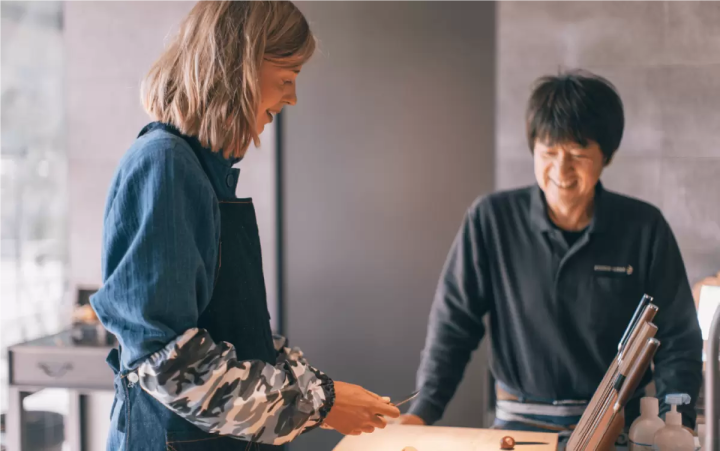
The first place I visited was Mr. Ryusen Hamono. This time, we will experience making kitchen knives. Anna grew up in a culture where she used the knives her father made for her and made her own tools. I will continue to work while enjoying making kitchen knives this time. The gallery where you can try out all the products is wonderful, but the experience studio is also capable of doing work that puts the professionals to shame, giving you a very satisfying experience. The finished kitchen knife literally lasts a lifetime. You can feel the attachment to the tools that you can't get by buying them.
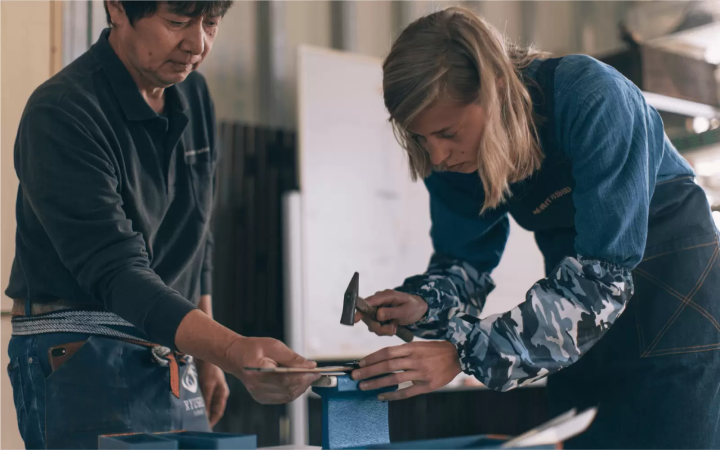
many valleys
Anna has finished her knife-making experience. Next, to learn about Echizen's food culture, we visited "Manya", which offers a tribute lunch honoring the Emperor's chef "Tokuzo Akiyama," who was born in Echizen City.
The Kyomachi area where old townscapes still remain. The cobblestones are very impressive. At the end of the alley that continues from the entrance, the tea room "Kanian" stands quietly.
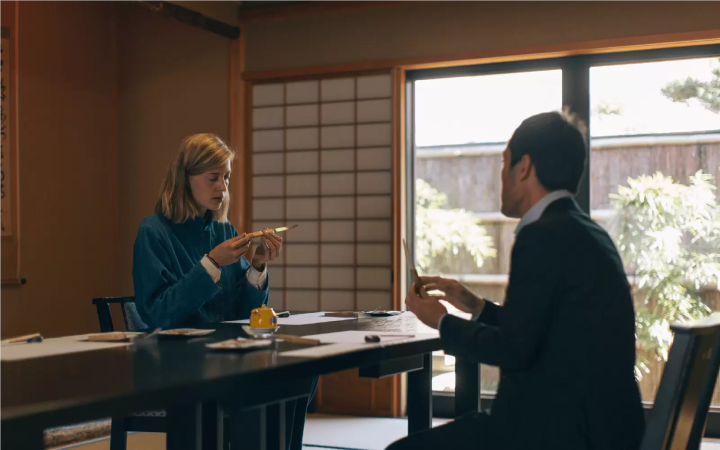
The Kyomachi area retains its distinctive character as a post town in Kokufu. Mr. Mantani, who has been in charge of the food environment required in the center of politics and commerce for more than 30 years, told us about the surrounding culture and the history of Echizen's food. I was letting
The lunch we will have this time is made with Echizen ingredients using Echizen techniques. For example, we use okara from a tofu shop in Echizen that has been around for over 100 years, and we use aigamo (duck) because Mr. Akiyama provided many gibier dishes to the emperor. I'm here. It was exceptional to have a meal while talking slowly in a comfortable tea room.
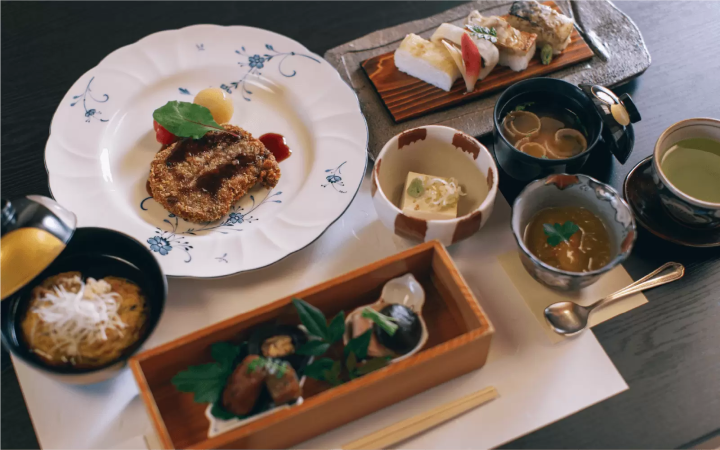
furniture holic

Next, we visited "Furniture Holic", who has learned the technique of Echizen chest of drawers and mainly sells made-to-order furniture. The scenery of Omushi-cho, where the workshop is located, is very beautiful. After a meal, you need some time to relax. Being with Ana makes me think about the pace of life.
Here you can experience a workshop to make original chopsticks. This workshop was conceived to find ways to use the leftover materials produced during the production process in a good way, rather than turning them into waste. During her year at a Danish school, Anna has been active in social activities through her own experiences, such as living only on waste food from supermarkets. I live my life with as little environmental impact as possible, so I usually carry my own chopsticks with me. The opportunity to make her own chopsticks from offcuts is perfect for her.
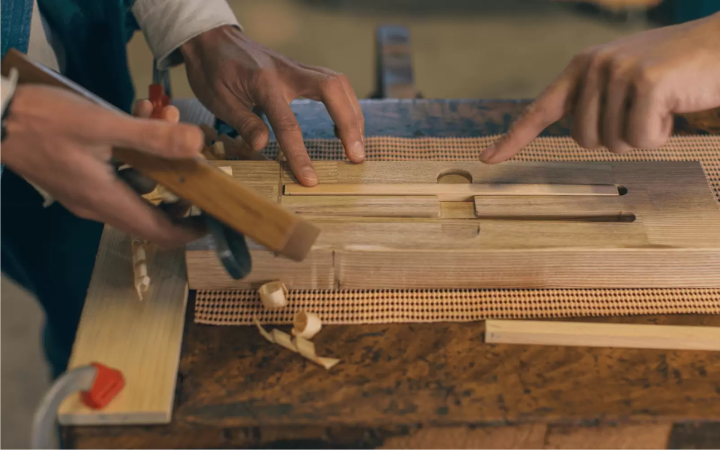
Mr. Yamaguchi, the representative, will start by asking about the care of the tools. The most important thing is to take care of your tools. Furniture craftsmen use a variety of tools, but planes are particularly important. While sharpening the plane blade, I was impressed by the story that the product itself lasts long when the well-maintained tools and the craftsman's excellent skills are combined. We choose handmade items because we want to use our favorite items as long as possible and take good care of them.
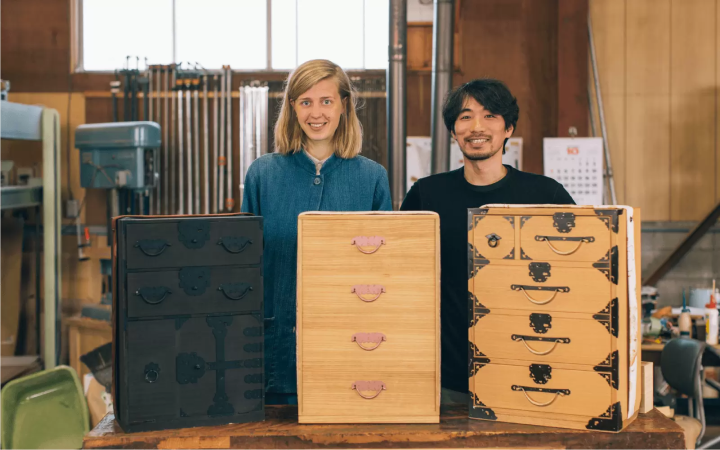
While sitting around the Echizen chest-shaped carrying case, which inspired me to serve as the Fukui brand ambassador, we will talk about the future of crafts and manufacturing.
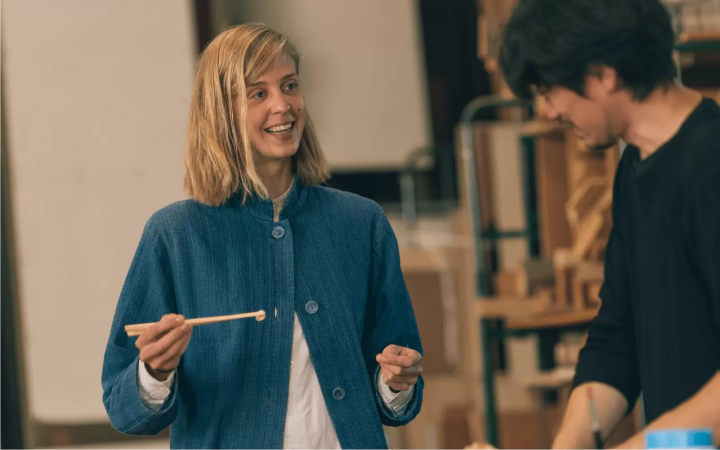
Using a jig developed by Mr. Yamaguchi, even those who use planes for the first time can cleanly cut each piece while checking the condition. With the help of her teacher, Anna was able to make chopsticks that she was happy with. You can't help but smile when you pinch the shavings.
Ryozo Yanase Paper Mill
After making chopsticks, head to the Imadate Goka area, the mecca of Japanese paper.
On the way to the approach to Okamoto Shrine and Otaki Shrine, I would like to ask you about the shop "Yanagi Ryozo Paper Factory" that I have always been interested in.
When you open the door, you'll find a line of products made with washi paper. The products lined up are not only Mr. Yanase's items, but also the products of everyone in the same industry nearby.
Yanase Ryozo Paper Works specializes in thin paper kozo paper with a sense of transparency, which is used for wrapping paper for Japanese sweets and as a mat. Washi paper is characterized by its beautiful patterns, but because two sheets of washi paper are made by hand and glued together, three women work in harmony in the workshop to create washi paper one after another.
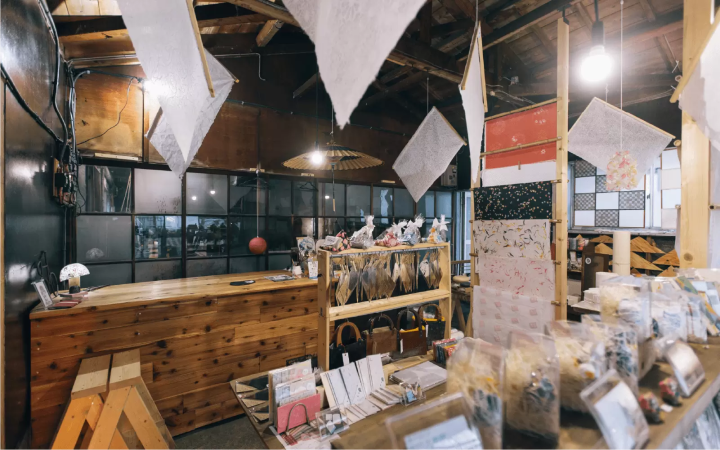
An environment based on the division of labor, where men are in charge of preparing raw materials and women are in charge of making paper. One of the characteristics of Echizen washi is that most of the traditional paper craftsmen are women. The story of the paper-making goddess passed down at Okamoto Shrine and Otaki Shrine seems to make sense when I see this kind of environment.
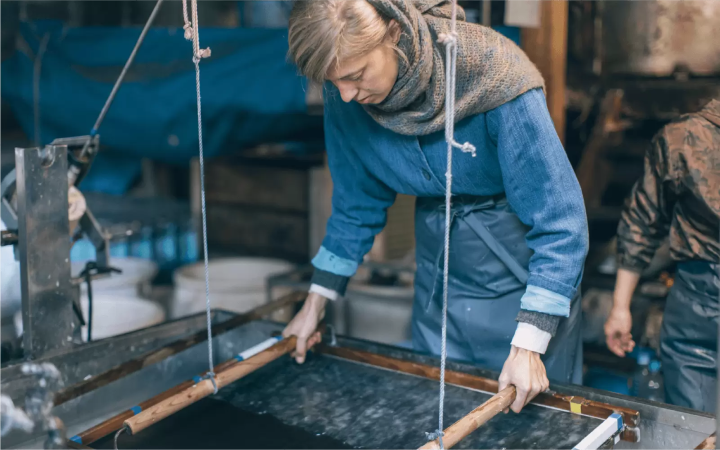
Along with the women, Anna will also teach you how to make paper. We challenged the traditional Echizen washi technique of putting a pattern on the paper called mold rakusui paper, and imprinting the pattern on the fabric with the momentum of shower-like water droplets.
As expected, it didn't go well with just one try, but after doing it several times, I got the hang of it and was able to make washi paper with beautiful swirl patterns. As expected, it is a professional site. There is an environment that will end up drying in no time.
At this workshop, you can experience making paper in this environment several times a year as part of craft tourism projects.
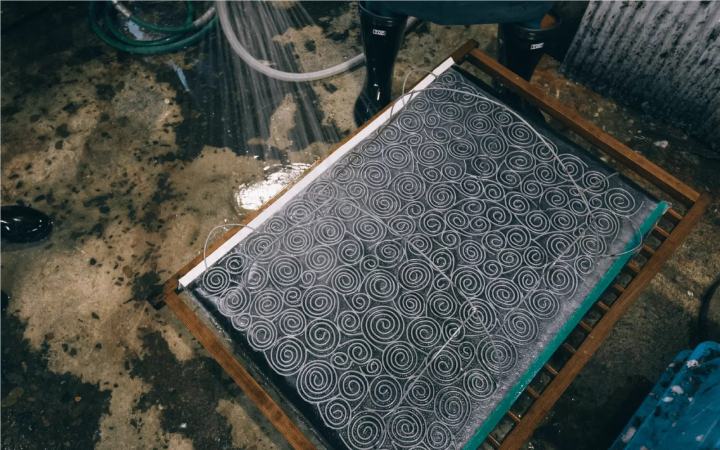
Accompanied by Anna, who has successfully finished papermaking, we will visit Okamoto Shrine and Otaki Shrine.
Perhaps because of the environment suitable for papermaking, the atmosphere with a little humidity enhances the sacred impression. I thought that Anna, who strolled around the grounds slowly as if bathed in negative ions, felt the power of this land.
Yamafutokoro Koubou
Finally, the last destination of our trip around Echizen City with Anna is "Yamafutokoro Koubou". Feeling tired after spending a whole day in Echizen City. And I feel less hungry.
Since it is an accommodation facility that claims to be a farmer's inn, your heart will be filled with anticipation when you are sure to have delicious meals waiting for you.
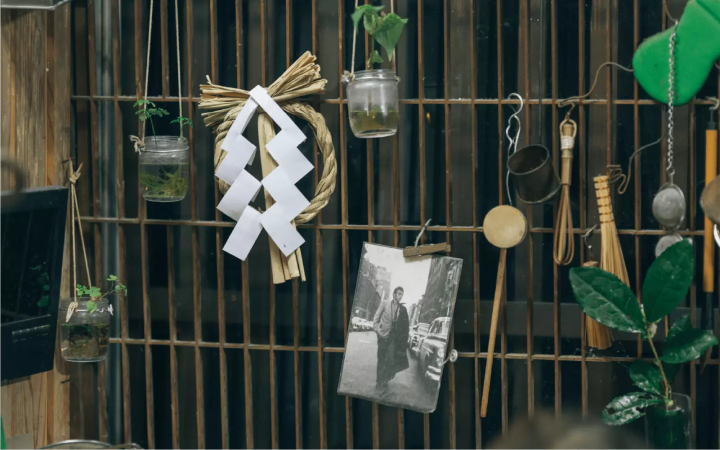
“Yamafutokoro Koubou” is located in the deep mountain area of Echizen City.
The studio is run by Chitose Yamaguchi, a craft artist, and Professor Sakakibara, a scientist.
A house in the most secluded village of Yato has been renovated, and you can enjoy local cuisine using local ingredients that is typical of a farm inn.
We offer a variety of experiences that fully reflect the individuality of the couple, such as indigo dyeing and miso making. In addition to lodging, you can also use it for lunch and dinner, and you can easily enjoy local cuisine using ingredients around Echizen.
When I arrived at the workshop, I was greeted warmly by Chitose. Handed over is handmade chanchanko.
Wrapped in a gentle comfort and a warm sense of security as if you were wearing a futon, you will immediately feel relaxed and relaxed in a comfortable space that makes you feel like you are at your grandma's house.
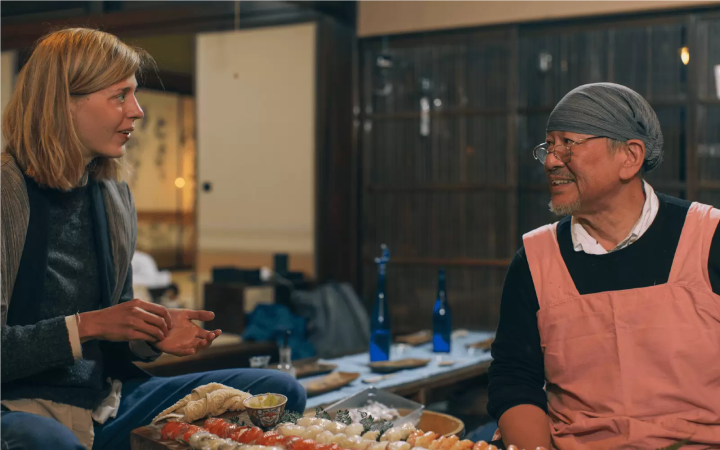
I hear a lot of stories, but I can't take my eyes off the sushi that Professor Sakakibara makes in front of me.
I was surprised by the voluminous feeling that this is normal every time, but I was surprised by the high quality of the ingredients such as trout salmon raised in seawater "Fukui Salmon" and seasonal bigfin squid caught on the Echizen coast and the workmanship that puts the craftsmen to shame.
As well as the crafts that decorate the entire workshop, I am impressed by the presentation of the meal, which is typical of craftsman Chitose.

The best way to use this place is to talk slowly with someone, so I invited someone interesting to chat with. It seems that tree guards are generally called arborists, but if woodcutters make a living by selling cut trees, arborists make a living mainly by cutting trees.
What surprised me even more was that before becoming a lumberjack, she was a diver specializing in salvage. Flowers bloomed in deep talk.
Mr. and Mrs. Kuritani, who chose this place to stay for the first time on their first trip together with their five-year-old son, were there, and we enjoyed talking over delicious food and alcohol.
Ms. Chitose is also active in the Hashiwa Culture Study Group, which aims to create a caring society by teaching children about chopsticks and Japanese culture. Before the meal, the meaning of "itadakimasu" and "gochisousama" is spoken, everyone present gives a prayer of thanks before eating, and after the meal, the guest teaches how to use chopsticks, making the stay experience even more memorable. can do.
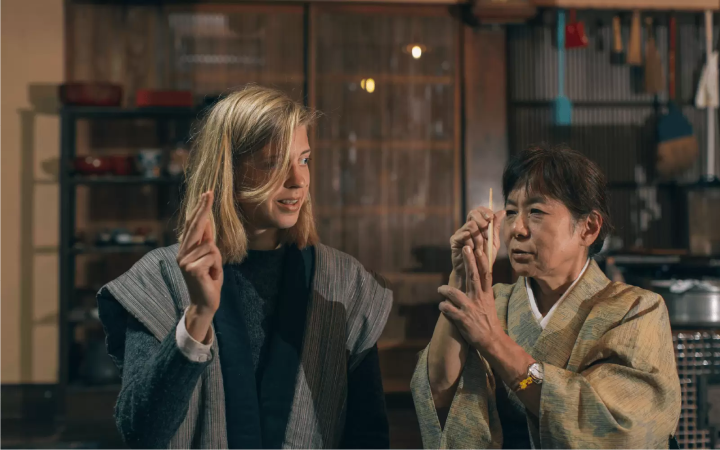
The dinner, which lasted until late, was a very fulfilling time for Anna. I was told that I could make rice cakes for breakfast if I wanted to, so I went home with a hiccup thinking that I would like to come and stay with my friends from Takigahara Farm next time.
Echizen wisdom ~Proposing a new tourism, a journey of wisdom.~ A town that has inherited the skills and spirit of its predecessors for 1,500 years. Echizen, the entrance to the "Koshi no Kuni" ruled by an ancient king. A place of wisdom where cutting-edge technology and culture first flowed in from across the Sea of Japan and became the origin of Japan's profound manufacturing. In the traditional industries that coexist with the nature of the land and in the people who live here, the universal wisdom that human beings want to bring to the next 1000 years is alive. Here and now, there is a future born from exchanges that transcend national borders and time and space. A new quest to find light. Welcome to Echizen.
The contents on this page may partially contain automatic translation.




![[2025 Edition] A thorough guide to getting to the Echizen Great Buddha(Echizen Daibutsu)](https://resources.matcha-jp.com/resize/720x2000/2023/05/10-137958.webp)


























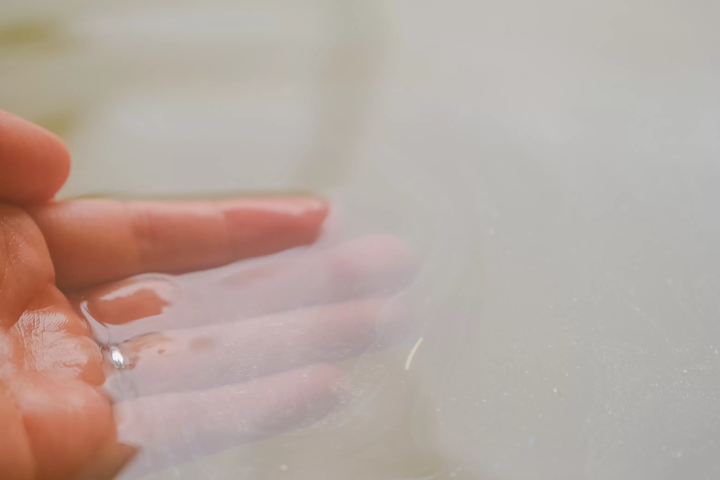


![[Wakayama Guide] Ume and Umeshu (Plum and Plum Wine)](https://resources.matcha-jp.com/resize/720x2000/2025/12/08-252248.webp)
![[2025 Update] From Kansai Airport to Namba - Recommended for travelers with large luggage! Travel comfortably by bus](https://resources.matcha-jp.com/resize/720x2000/2025/10/25-248088.webp)